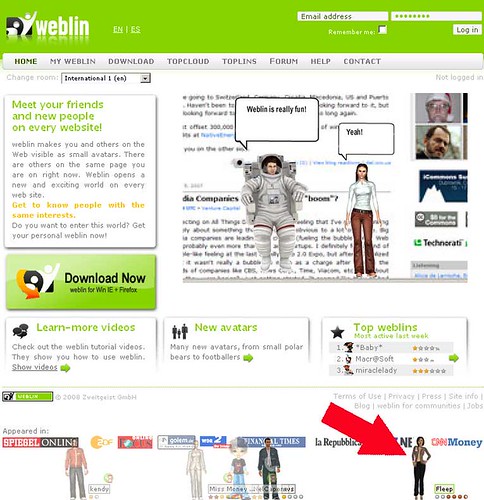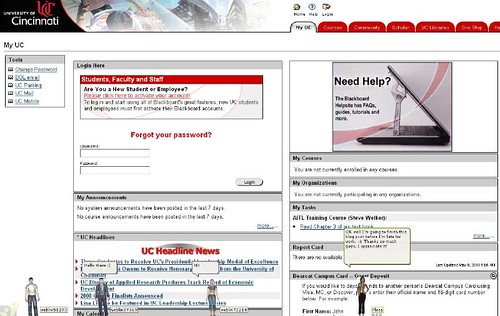Back in 2009 when Twitter Lists first came out, I had a little epiphany about the reputation economy. Â It isn’t just what you say about yourself online, but what others say and post about you in the aggregate, and all the associated metadata of your online life, that can define “who you are” in the Metaverse. Â That only seems to be more true as time has gone on, and despite the over-hype of the “reputation economy” buzzword, I still find it interesting and potentially meaningful, but only if the measures of reputation are accurate. Â We’re definitely not there yet, and I’m not sure we’re really any further than we were in 2009, either.
It’s hard to do an analysis of accuracy for anyone but myself, but if I had to say which system seems to currently have the best measure of “who I am” based on what others say about me, I’d have to say it’s not Klout, or LinkedIn Endorsements or any of those obvious attempts to measure reputation. Â The best measure as far as I can tell is actually Twitter. Â What Twitter Lists people have placed me in, which isn’t obvious at all, and isn’t even something Twitter seems to explicitly leverage as a measure of reputation, is actually a pretty good measure!
[A brief aside, I’m sad that Twitter seems to have buried Lists and made them almost non-obvious, since as far as I’m concerned, Lists are a crucial component of making Twitter useful at all. Â Many folks who joined Twitter after Lists came out don’t even seem to know they exist! Â If you happen to be one of those unfortunate souls, get thee to your Twitter page > Me > Lists > Create List and start categorizing people. Â Or click “Member of” to see what lists others have added to you to. Â I bet you’ll find some of them very surprising, hopefully in a good way. Â And after you’ve made some lists, tools like TweetDeck will suddenly make a LOT more sense to you, and your Twitter stream will become much more meaningful, relevant and less.. ephemeral.]
But back to the topic. Â So what does my Twitter network say about me? Â Some pretty good stuff, actually:
When I boiled the List Names down, I got 191 unique terms and, though I modified the frequency to make the word cloud readable (if I hadn’t, all you would see is: Second Life, Virtual Worlds, Education, Immersive, Cincinnati, which were the top 5 list names), I’d say that’s a really accurate representation of my online life. Â It accurately reflects my professional and geeky interests, and if you dig in there a bit, it tells you my gender, where I live, what I do for a living, some of the books I’ve read, games I’ve played, conferences I’ve attended, that I’m old enough to be on someone’s BBS list, and if I can say it humbly, that overall people have a pretty positive opinion of me. Â Â
I am of course quite biased, but I think I have a pretty awesome network of super intelligent people who love digging into the future of technology and education, and who like to think about what all this emerging tech will mean for the future of society, so it’s all the more interesting to see what kinds of categories they create for themselves and where they place me within that context. Â (I confess to having some warm fuzzies after seeing how the word cloud came out, so thanks Twitter peeps!)
LinkedIn’s Endorsements are another interesting measure, though of a slightly different sort.  I’d say it’s also fairly accurate, but it pretty much captures only my professional interests and misses all the personal, quirky, or other interests I have.
Some folks I know have also complained that they get endorsements for skills from people who aren’t even in a position to know whether or not they have any expertise in that topic, and that happens to me, too.  But in general, I’d say LinkedIn Endorsements are less a measure of what you are actually skilled at doing and more a measure of what people think you are skilled at doing.  They aren’t the same thing, but both are interesting and useful measures.
By comparison, I would say Klout is the least representative of the various “reputation economy” or influence measures about me.  I don’t know how they weight stuff, but it looks like the Klout list was probably fairly accurate about 5 years ago, but as my focus, interests, and activities have changed, Klout hasn’t seemed to have kept up.  It captures the same top 5 categories as Twitter Lists, but that’s about it.  None of the nuance, history, and none of the topics I’ve become interested in since.. what, their initial calculations?  I’m not sure.
I should also admit some bias here, I became very aggravated with Klout when they sent me what seemed like an email every few days to tell me my Klout score was going down, when at the time I was helping take care of my grandpa who was dying of cancer. Â The insensitivity of it really struck a nerve, like I should really give a hoot about my Klout score at a time like that? Â And how meaningful a measure could it possibly be if I’m less influential because I’m offline doing something important?
No matter what Klout says, I know my network values human life and knows what is and isn’t truly important.  In fact, my guess is that my network would probably rank my reputation higher for having been a dedicated caregiver, not lower.
And of course that’s the big problem with all of these reputation or influence measures – the algorithms can’t yet measure what’s REALLY important: trustworthiness, competence, honesty, reliability, compassion, dedication, clarity, ability to synthesize and make meaning from complexity. Â These are the measures I really want to know about someone, and as far as I can tell, there’s nothing out there like that yet.
The Twitter List names that people create for themselves, some of which touch on values not just buzzwords, are the closest I’ve seen to anything like those kinds of measures, which for me makes Twitter a potentially overlooked but pretty important tool in the reputation and influence measure toolkit in 2014.
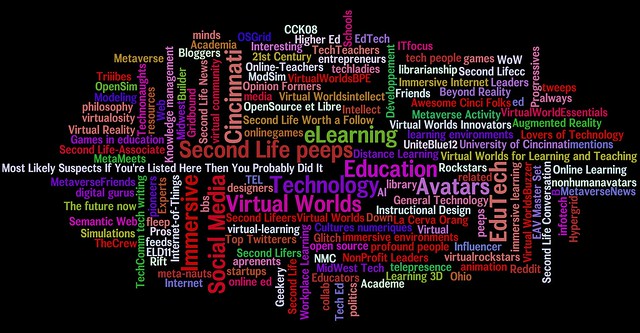
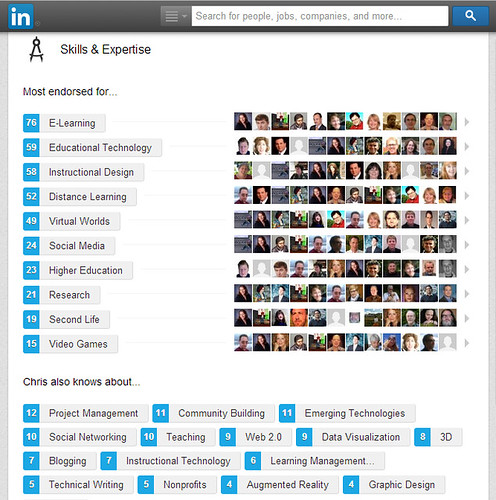
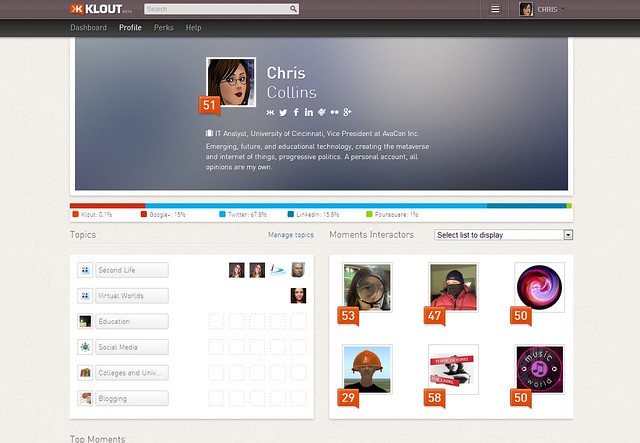




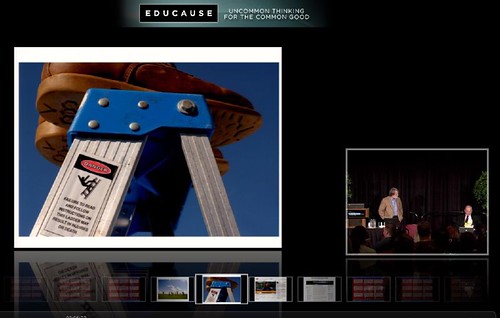
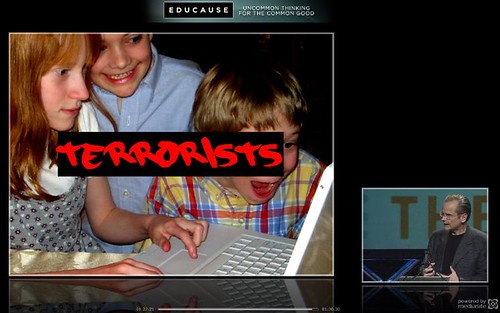




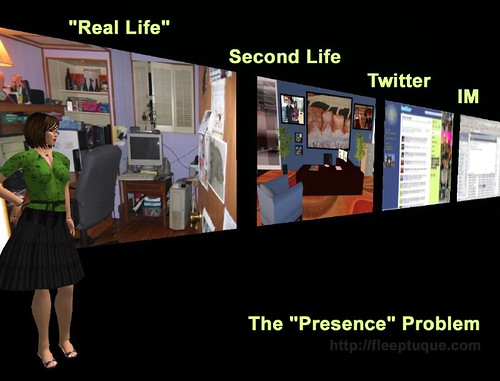
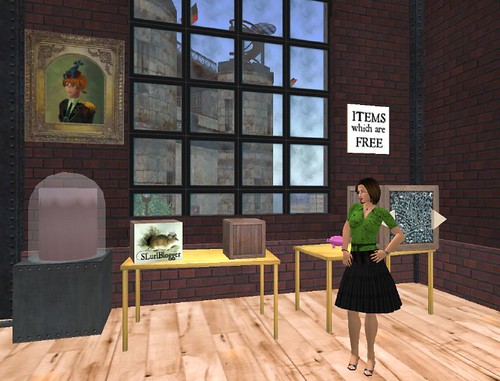
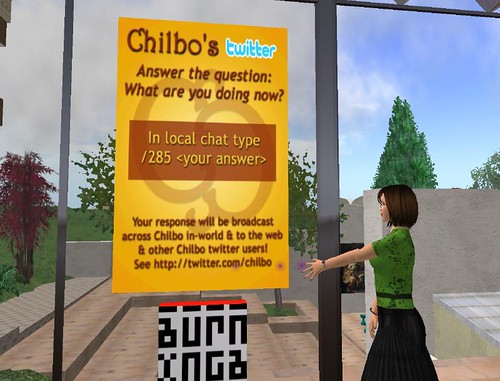
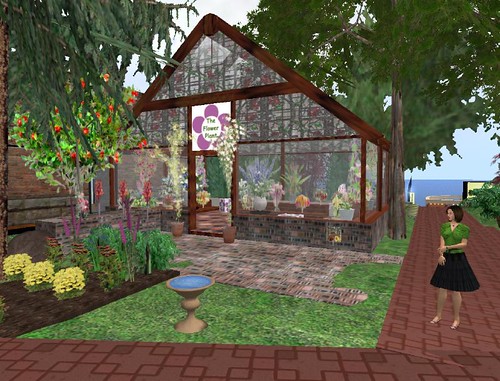
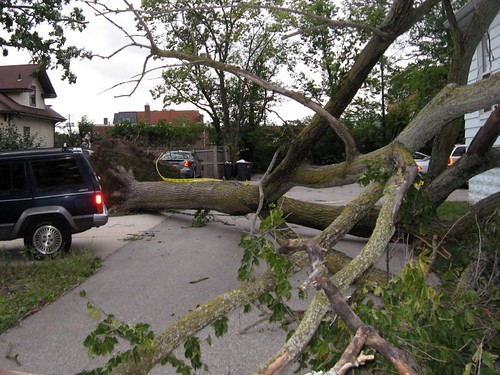
![Reblog this post [with Zemanta]](http://img.zemanta.com/reblog_e.png?x-id=9e33f733-af87-47b4-9629-1f594b072d85)
 [/caption]
[/caption]![Reblog this post [with Zemanta]](http://img.zemanta.com/reblog_c.png?x-id=e3a37899-f0ae-42ca-a0d2-6980b32646f9)
